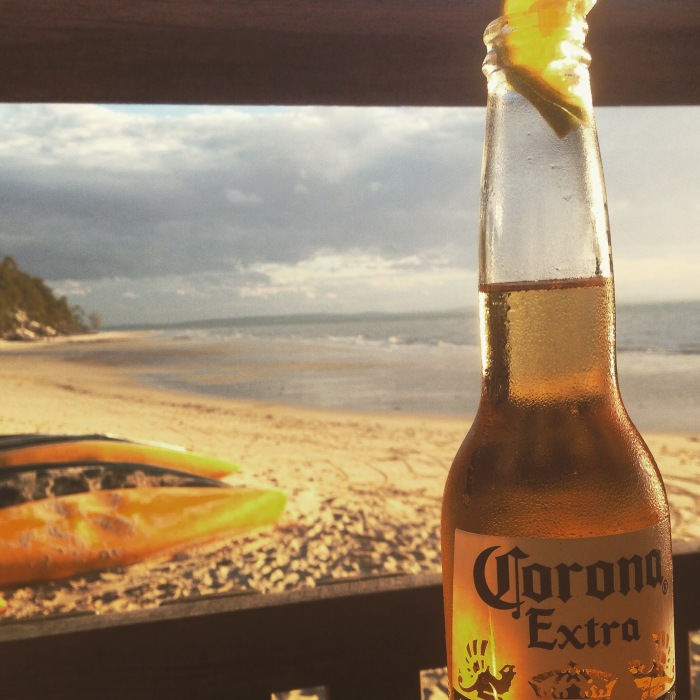Fraser Island is an island entirely made out of sand which sits just off the east coast of Australia. I have been lucky enough to spend the past few days on the island arriving just in time to enjoy sunset on my first day.
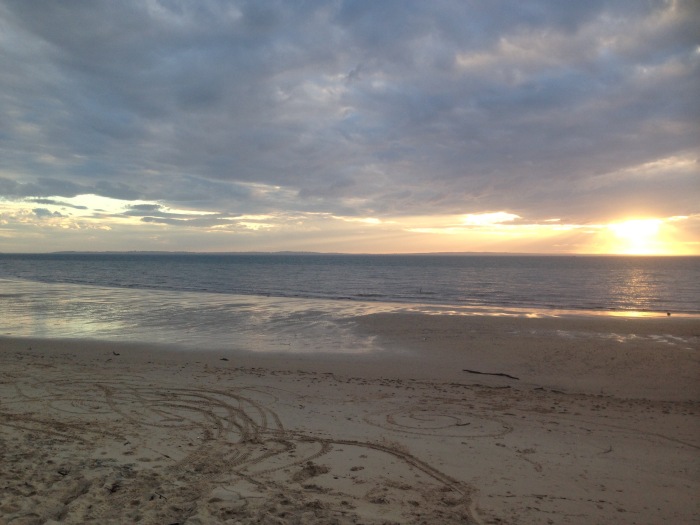
The next morning I started exploring the island properly – first stop Lake McKenzie. Lake McKenzie is the most popular of Fraser Island’s perched dune lakes. There are only about 80 perched dune lakes in the world and Fraser is home to over half of them. The lakes are so unique because they are resting on sand – made possible by a black sludge composed of minerals and organic matter at the bottom of the lake that sealed off the sand. It is easy to see why Lake McKenzie is so popular, with its crystal clear water surrounded by white sand. Later that day I went to Basin Lake, where you are not allowed to swim because of the rare frog species that calls it home, and spotted some freshwater turtles.


We also walked through the rainforest – the only rainforest in the world to grow on sand. Luckily we didn’t come across any snakes – Fraser is home to 3 out of the top 4 deadliest snakes – but we did spot some funnel web spider holes.


The next day we headed directly across the island – driving along the very bumpy sand tracks – to 75 mile beach. The beach is actually only 55 miles long, the people who named it just assumed it ran the entire length of the island rather than actually checking. The beach is a designated highway in Queensland – it has speed limit signs and even a police station. It feels very odd driving along such a beautiful beach. The only drawback of the miles of golden sand is you can’t safely swim in the ocean – it is home to too many sharks along with a whole host of other marine life. While we were driving along we caught a glimpse of some spray from a blowhole and a large splash far out into the ocean – evidence of the very beginning of the humpback whale migration season. By July whales are spotted everyday along the coast, but unfortunately a brief splash is all we saw.
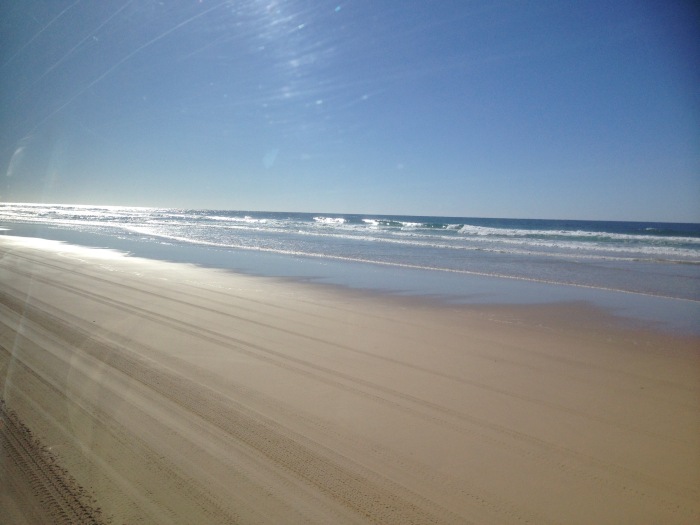
Further up the beach lies the Maheno shipwreck – once a luxury cruise liner between Australia and New Zealand and later a WWI hospital ship, the Maheno got stranded on the beach and couldn’t be refloated. It was used as target practice in WWII by the Australian airforce and what remains is now a popular photo stop along the beach. We also stopped at the pinnacles of coloured sand, the variations of colour caused by rusting minerals.
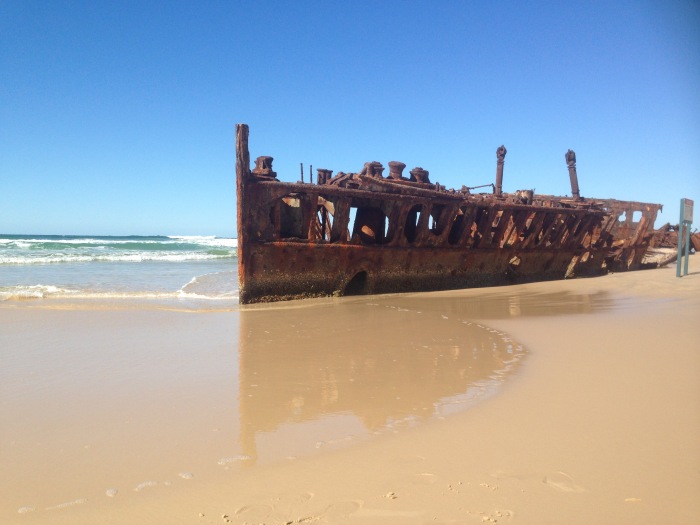

Indian head marks the north end of the beach. The short climb to the top gives great views out to sea and along the beach, as well as a prime opportunity for spotting wildlife. We catch sight of a large ray, but turtles and sharks are regularly spotted. The only safe place to swim in the ocean are the champagne pools – permanent rock pools where the waves crash in, but the rocks keep the sharks out.
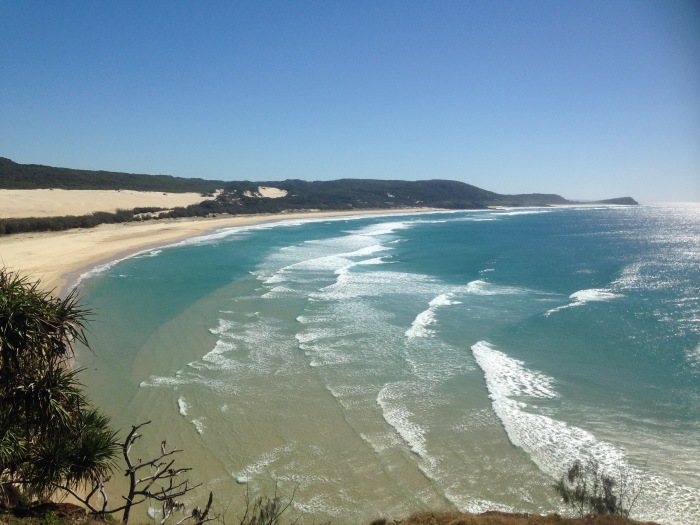
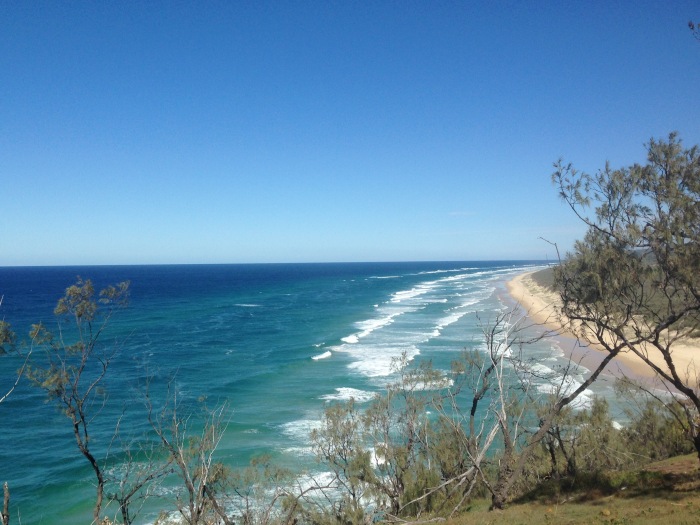

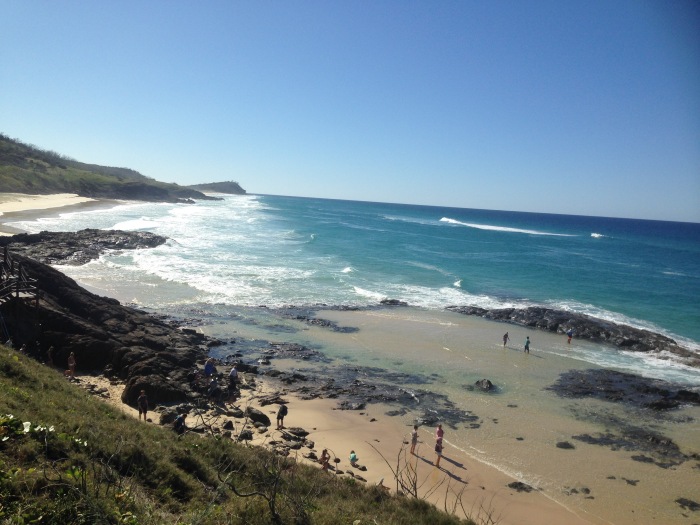
Our last stop of the day is Eli creek which carries water from the centre of the island out to the ocean. Floating along the creek in rubber rings was beautiful and hilarious as everyone, including me fell out quite spectacularly several times. We watched the sunset colours over the beach that night, proving that sometimes sunset is best in the east.
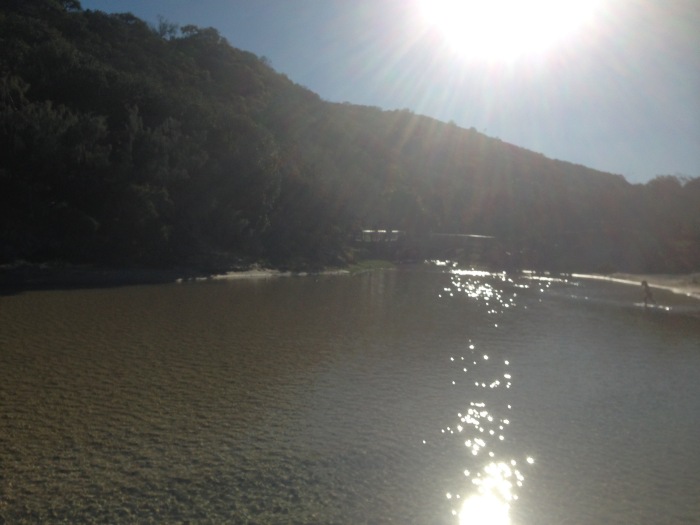

On our final morning on the island we headed for our final perched dune lake – Lake Birabeen – to have a go at paddle boarding. It was easy on the completely calm crystal clear lake, and a very peaceful way to explore. In the afternoon we climbed one of Fraser’s large sand dunes. It was very hard work, but the views were beautiful and we got to see the point where the sand merges into the rainforest.
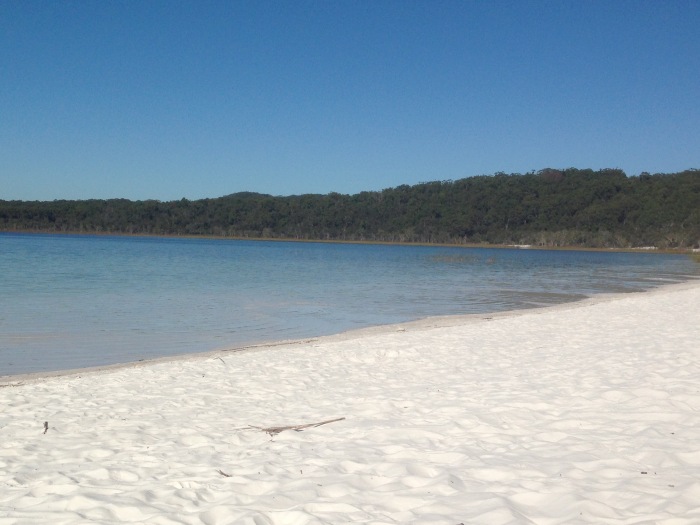

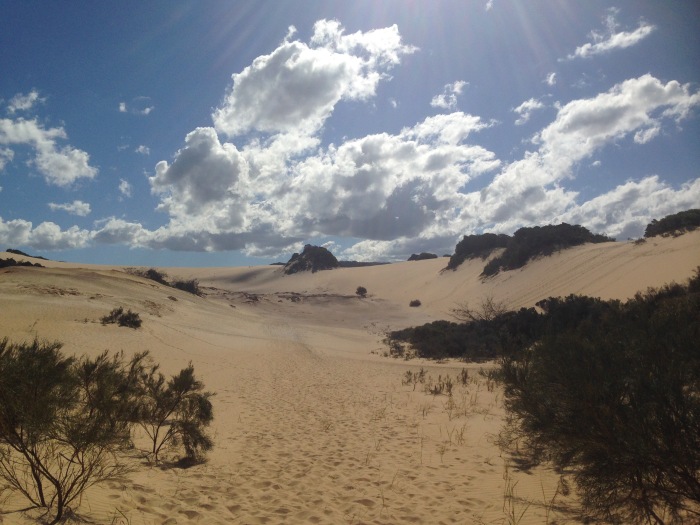
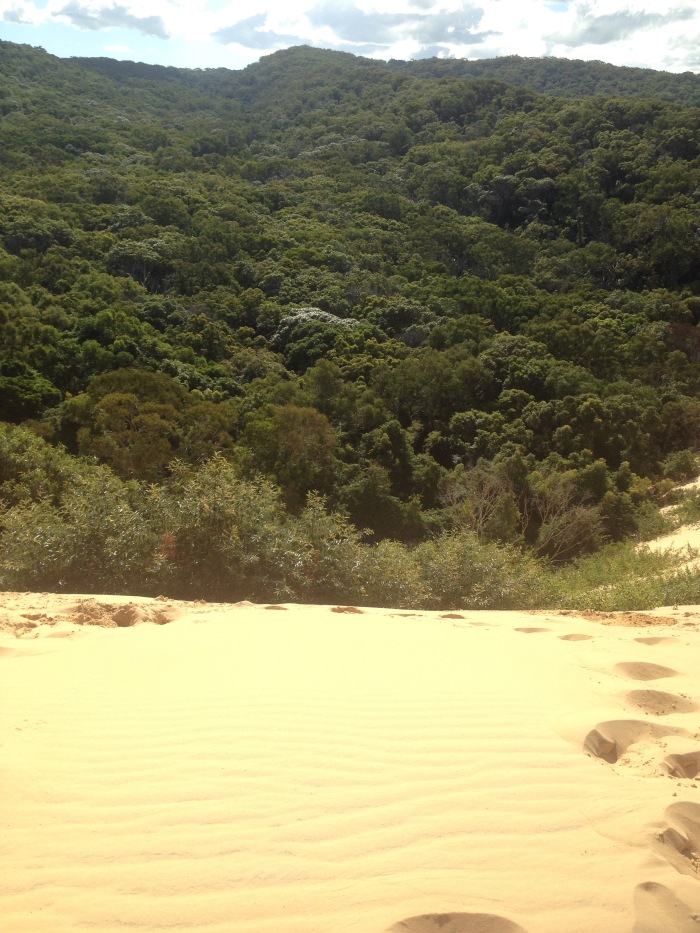

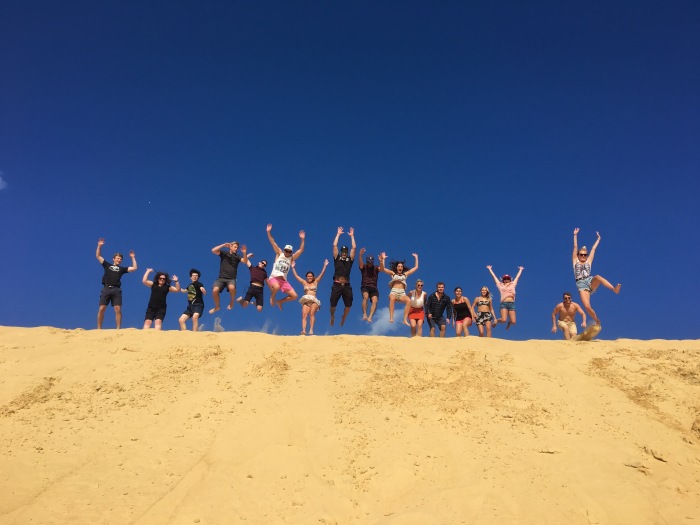
My time on Fraser came to an end with a sunset ferry ride back to the mainland – a fitting end to a fabulous few days.
